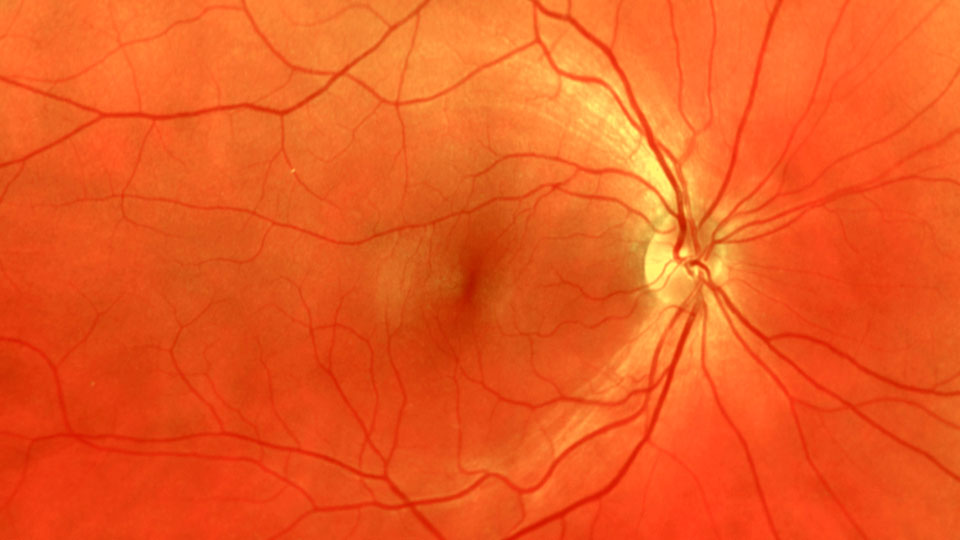13/12/2022
The posterior segment of the eye is the name given to the two posterior thirds of the eye that span from the wall behind the crystalline lens to the wall at the back of the eye. They encompass the vitreous humour, the retina, the choroid and the optic nerve.
- The retina covers the inside of the eyeball and is a nervous tissue, it converts lights into nerve impulses. Its function is to translate the images from the world into a language that the brain can interpret. It has two types of light-sensitive cells: cones and rods.
- The optic nerve takes all the visual information compiled by the retina's photoreceptors and transmits this image to the brain where it is processed and perceived.
- The vitreous humour is the transparent, gelatinous liquid that fills the spaces in the posterior segment. It is mainly made up of water, protein and collagen.
- The choroid is a very thin membrane made up of blood vessels and interspersed between the white part of the eye (the sclera) and the retina. This membranous tissue is primarily made up of blood vessels that feed the external part of the retina.
The main conditions of the posterior segment are:
